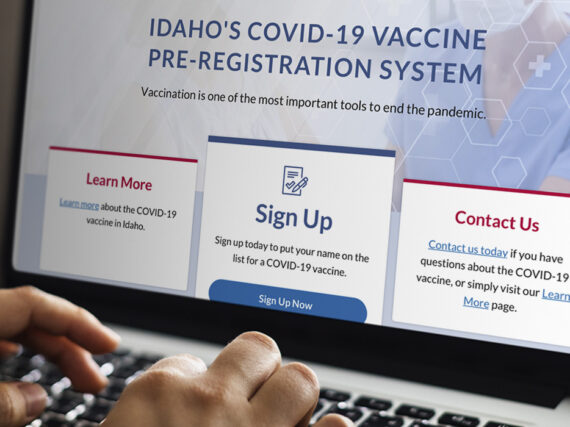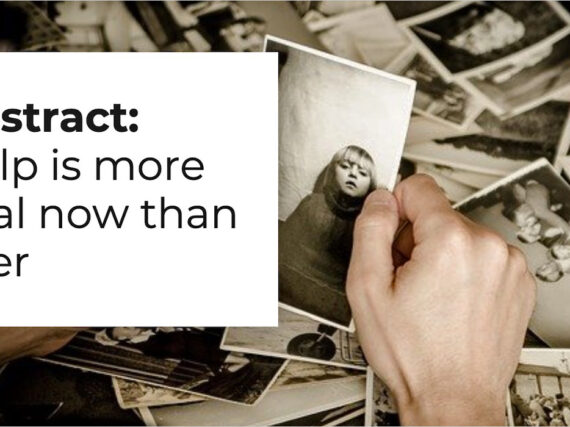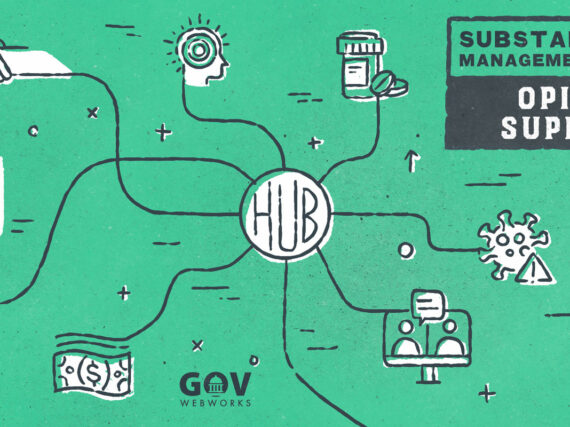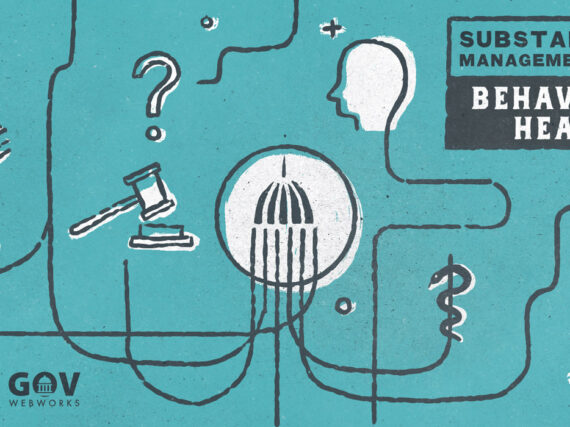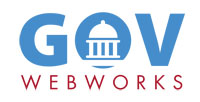Family breakdown. Poverty. Neglect. Too often, children are caught in events outside of their control. Sadly, compassionate care by the public sector can be a challenge in the face of worker burnout, budget concerns, and maxed out systems. Some government entities are seeking new tools to help, as reported in the Washington Post, but crisis shouldn’t be necessary to stoke change.
There’s no question that we need to make it easier for our public sector workers to help children. After listening to those who are wrestling with this challenge, I think there are some key areas that have the most potential:
- Technology that makes the job easier
- Data to support decision making
- Changes to how services are offered
Case in point, here’s a look at how these updates have made a big difference in New York City. It’s my hope that other cities and states can learn from these examples to make changes in their own programs.
Tech that makes the job easier
Technology tools such as mobile devices can greatly aid the workers who support our most vulnerable children. I came across an example of successful efforts at a HSITAG meeting where Commissioner David Hansel of New York City spoke about his work at the Administration for Children’s Services (ACS). This is one of the largest human services departments in the county, with three major program responsibilities — child welfare, foster care, and preventative services.
Hansen is a big supporter of technology as part of an efficiently run system. He spent the last year looking at the work his staff does, and what could be done to support their efforts. When he spent a night shadowing child protective specialists from the emergency child services office he noted that these teams cover a large territory, usually working out of their vehicles as they drive across the different city boroughs.
To help make their jobs easier, they were given web-enabled tablets as part of a pilot program to test the viability of accessing, creating, and updating system data and new case information directly from the field in real time. Case notes could be entered directly into the system of record between visits, thus eliminating the need to re-type them from handwritten notes. Timely data is invariably more accurate data, leading to quicker evaluation and a faster response.
Due to the success of the pilot, Commissioner Hansel and his team felt confident deploying tablets to approximately 2,000 staff for similar child welfare investigations. They seamlessly coordinated the roll-out of new hardware with their new “safe measures” software. This helped to more efficiently manage workloads, deadlines, and reporting.
Data to support decision making
The Administration for Children’s Services has also been using predictive analytics to inform best practices. An algorithm using 250 data points identifies the riskiest cases from existing department client data. These cases are then reviewed to determine whether further action is needed. The results inform potential changes for future investigative procedures, preventing children from falling through the cracks.
During weekly child-statistic sessions, ACS management reviews performance on a set of metrics for various zones around the city. Over the past few months they have observed a marked improvement in timeliness and accuracy of response, which they attribute to the new system and equipment. This in turn allows for a more efficient allocation of human resources, and a reduction in family separations.
While better data can be used to guide decision making, it should never fully replace it, but the ACS example shows this use of technology with predictive analytics can help to:
-
- Reduce administrative burdens on workers
-
- Enable personalized and targeted information so workers can become flexible, creative problem solvers
- Inform data-driven policy decisions
Changes to how services are offered
It’s important to note that providing tech tools and data alone isn’t enough. Agencies must also look at the way in which staff deliver services to their clients. To really impact the lives of the children these workers serve, system modernization must move in tandem with systemic changes to workforce dynamics.
For example, let’s look at New York City’s Human Resources Administration. This agency, currently led by Grace Bonilla has approximately 14,000 staff and serves more than 1.6 million people on SNAP, and 375,000 on cash assistance. When faced with adding responsibility for homeless services in 2016 (previously a separate department), the agency took significant steps to avoid bureaucratic paralysis and duplication. Some of the changes implemented have included:
-
- Greater focus on operations and service delivery
-
- Removing barriers to services and streamlining call center operations
- Introduction of new resource portals, and better internal systems
Consequently, the way staff delivers services has changed. When the department increased their use of technology, they put their most valuable asset, their personnel, first. Pressure on center staff was lessened by adding resource portals and foot traffic at their centers was reduced by 39 percent. Now staff can provide a better customer-focused approach to service delivery for those who visit in person.
Furthermore, as new and intuitive systems become more widespread and comprehensive in their scope, in-depth training programs and cryptic policy and procedure manuals will be replaced with faster knowledge-transfer systems. Micro-modules, certifications, and competency-based learning reduce the time spent mastering new systems. This in turn reduces staff fatigue and lessens administrative burdens.
Takeaways
The examples set by New York City show that adoption of new technologies can make a big difference in the daily life of government workers, and the children they serve. Furthermore, workforce transformation can lessen administrative burdens and overhead, and reduce worker burnout.
New York City’s experience dovetails with our own with the Idaho Department of Health and Welfare as we work to modernize their child support system. Child support enforcement programs significantly impact the lives of the parents and children they protect, but too often they are a low priority for system modernization. The aging systems that run child support enforcement across the country have lead to a workforce that is more focused on system training than the human skills required to partner with parents.
Working with Idaho’s team, we are developing a new application that greatly reduces the learning curve for child support staff. Workloads are now easier to manage and cases are can be resolved faster. New employees take part in shorter training sessions and are assigned tasks based on their competencies. This means they can be effective sooner, which simplifies case management, reduces training time, and improves staff morale. The department has reported improved job satisfaction and reduced turnover.
We’d be happy to discuss how we might help your agency follow similar best practices. When systems are well planned and designed, ultimately it is the children who benefit the most.
Learn more
- The ‘No Wrong Drawbridge’ Approach: How tech can remove silos and enable a citizen-centric approach to service delivery, by Ravi Jackson
- We’re Not in Kansas Anymore: Mobile tools and workforce are changing how rural areas engage with government, by Ravi Jackson
Author bio
Ravi Jackson has a background in law, finance, and policy, with 10 years of experience in the Maine state government. A witty Brit with a gift for discourse, he welcomes further discussion on this topic. He can be reached at ravi.jackson@govwebworks.com and @RaviJacksonGWW on Twitter.




